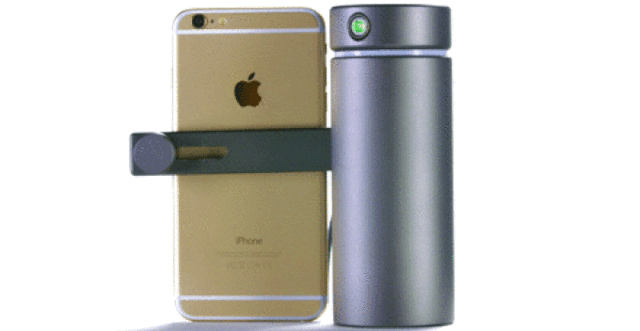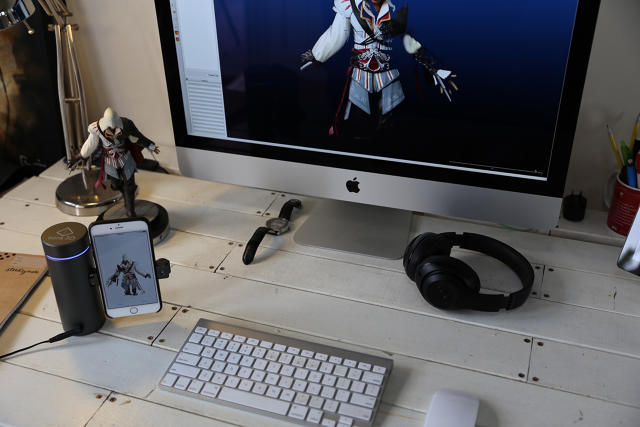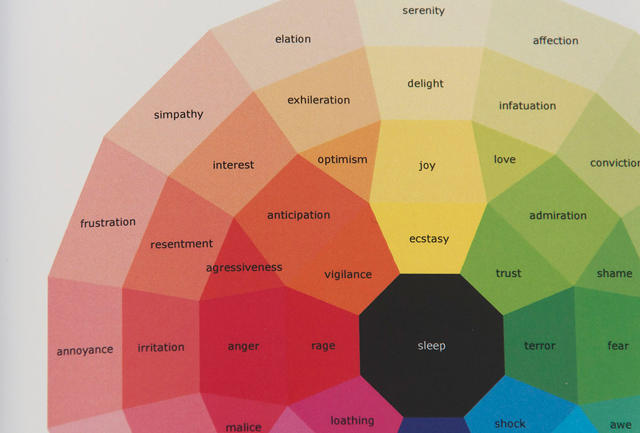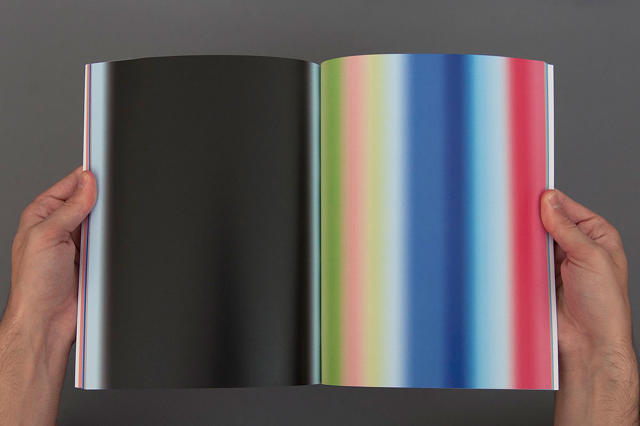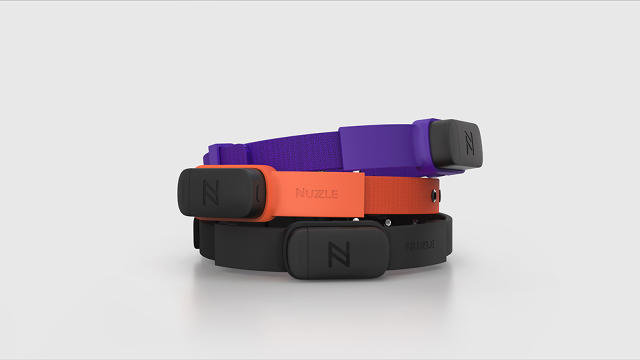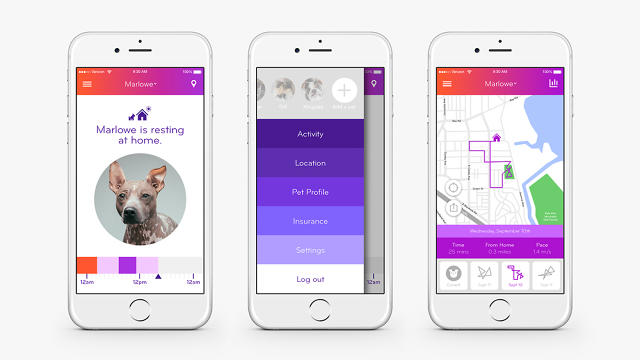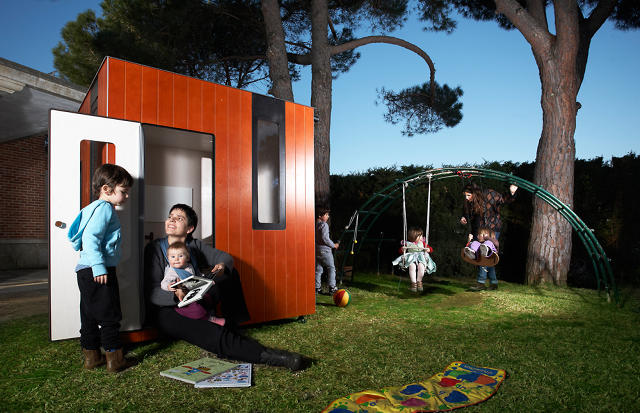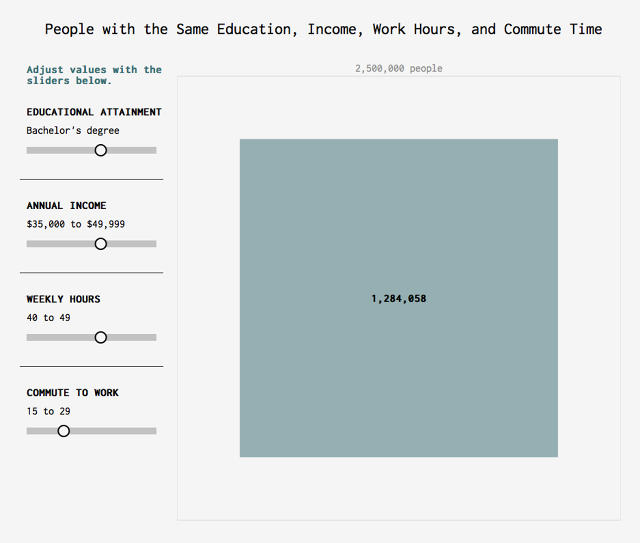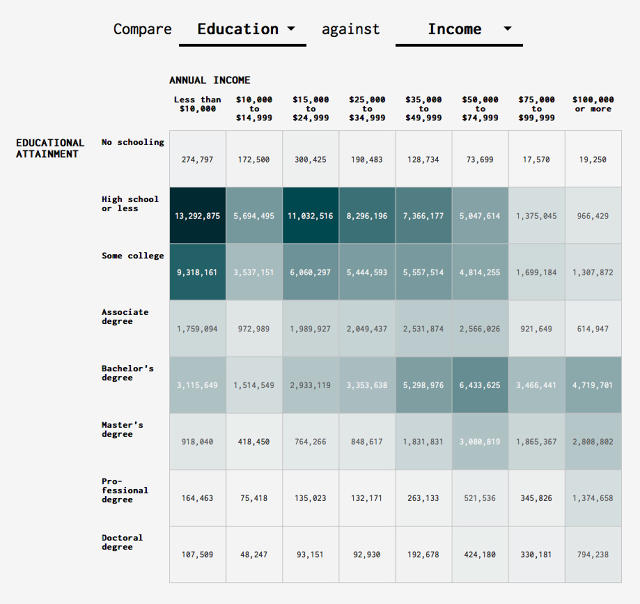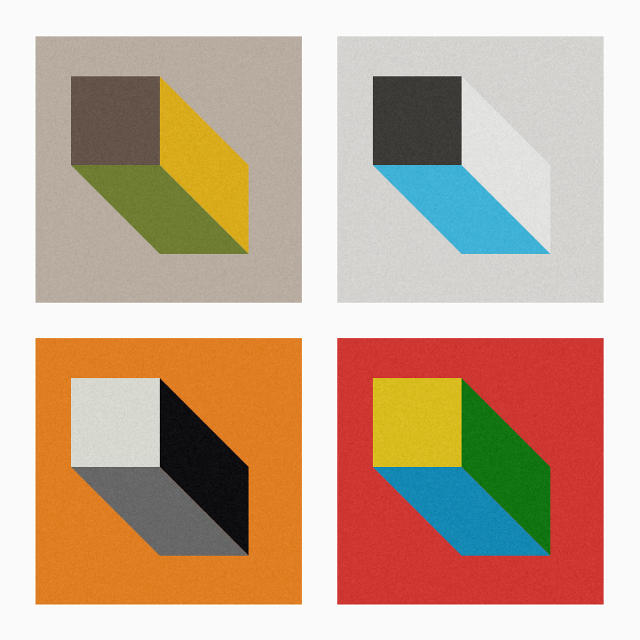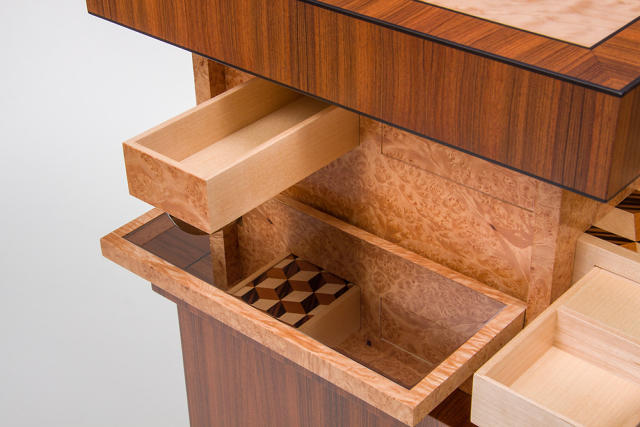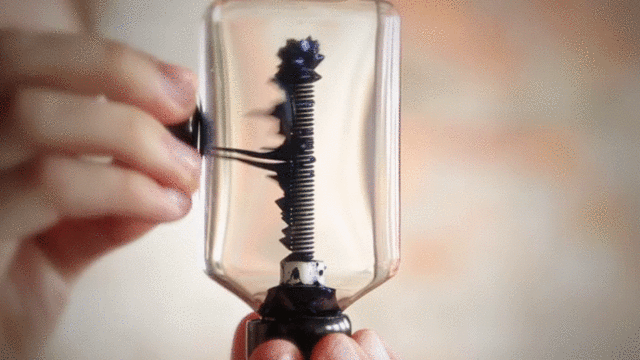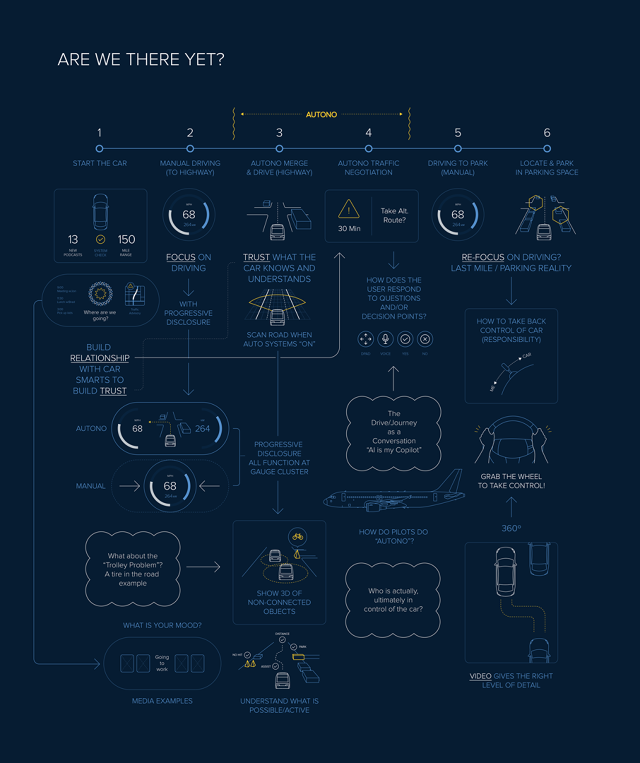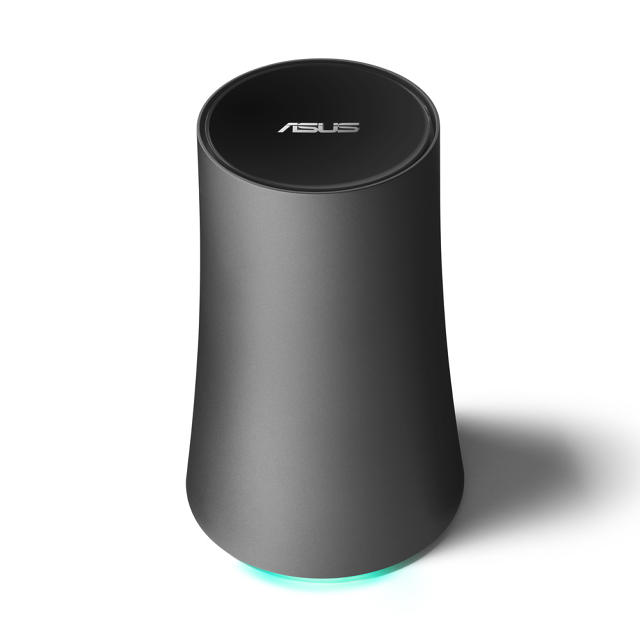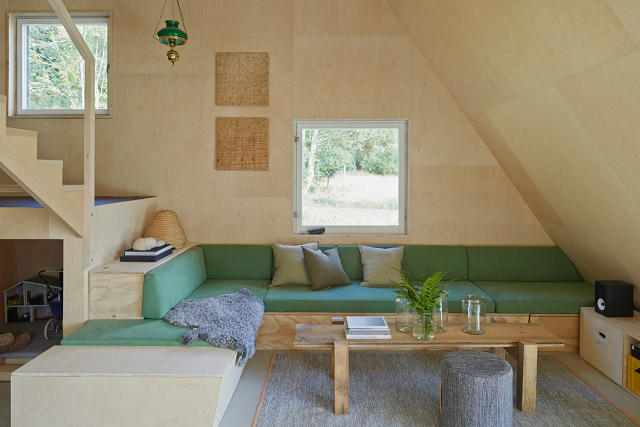For their first few watches, Pennsylvania's Analog Watch Co. wasn't afraid to be weird, crafting experimental watches made out of wood, marble, and even ant hives. For their latest watch collection, though, Analog's going Classic. Now on Kickstarter, the Classic Collection is a thin elegant watch inspired by the timeless profile of early 20th-century timepieces, with a neat swappable strap system and dials backed in natural materials like wood, marble, and gold.
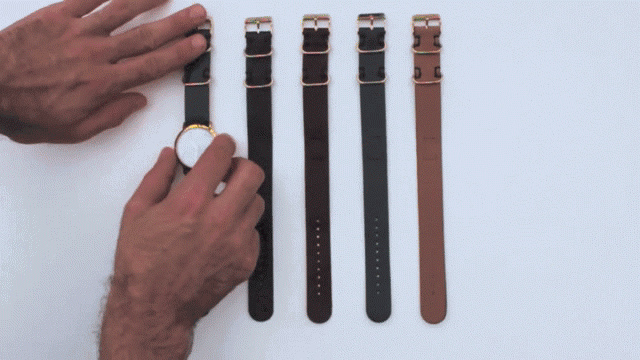
Boasting an extraordinarily thin body made out of gold-plated stainless steel, the Classic is about as streamlined as a modern watch gets. Like all of Analog's watches, the Classic aims to be as much time piece as show piece. Its design emphasizes the beauty of natural materials by putting a little 38mm wafer of marble (black or white), wood (makore or silverheart), or gold behind the watch hands. Otherwise, the Classic's design is totally no nonsense: no lighting, no date hands, no built-in smart functions. It's a watch for people who find elegance in the understated.
That's not to say there isn't room for customization in the Classic's design, though. One cool feature of the Classic comes through its use of NATO-style leather straps, crafted for Analog through a partnership with a local Amish leather workshops. These one-piece straps can be easily swapped without any tools just by sliding them through the Classic's body. Although this style of strap was settled on for reasons of pure economy (most straps come in two sections, which makes them more expensive to make), it does mean you can change straps on your Classic watch as easily as changing your belt.

According to Analog Watch Co. founder Lorenzo Buffa says the Classic Collection is based upon customer feedback. "People liked our earlier pieces but they wanted a thinner watch, something with an everyday look that wasn't too flashy or strange," Buffa tells me. "They loved the sentiment, but they thought our other watches were too chunky, so we went the whole other direction: we went hyperthin." As for its look, Buffa says he was inspired by a no-brand watch he had once seen on a friend's wrist, passed down to him by his grandfather. "We really try not to look at what other watch companies are doing," he says. "We feel like if we keep looking at the market, we'll just regurgitate what they're doing."
Now on Kickstarter, the Analog Classic can be preordered starting at just $59. If you're looking for a Christmas gift for a design lover in your life, don't get them an Apple Watch: get them one of these instead.



